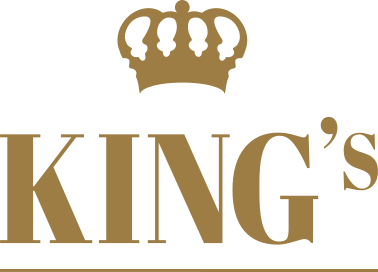Munich is a vibrant city with a rich cultural heritage, stunning architecture, and a bustling city centre that many love to visit. If you’re visiting this city, you may be tempted to stick to famous tourist attractions or the comfort of your hotel, but then you’d be missing out on what makes Munich such a spectacular place to be!
One of the best ways to experience Munich is by switching things up and taking the city in like a local. Instead of sticking to cabs and private tours, you can venture around the city using public transport. While this majestic city is wonderful to explore on foot, Munich’s public transport system can get you anywhere you need to go with no hassle, all while giving you a memorable experience.
However, as a first-time visitor to the city, navigating this system can pose a bit of a challenge. There’s a lot to take note of about the ins and outs of Munich’s public transport system so you can have a safe and efficient experience when you travel, all while saving money as well. So here are 9 essential facts that can help you make the most of public transport in Munich and get around easily.
1. Modes of Public Transport In Munich
Munich’s public transport system consists of different modes of transportation so you can choose the one that’s best for your route. That includes S-Bahn trains which make up the suburban train system connecting Munich to suburbs, as well as trams, buses, and the underground subway system known as the U-Bahn.
With these different transportation modes in Munich, you’ll have plenty of quick, safe, reliable ways to get around the city and explore it. The best thing about public transport is that it’s often a more affordable and convenient option than renting a car or getting a cab whenever you need to go somewhere.
2. Tickets and Fares for Munich’s Public Transport
To use any of the above-mentioned modes of public transport in Munich, you need a valid ticket. For the U-Bahn and S-Bahn, you can buy your tickets from the respective stations through machines with language-switching options for your convenience or the ones designed like vending machines. Buses and trams have ticket machines on board and you’ll most likely need coins to purchase them.
You can also buy tickets online and print them out, then use those (along with your ID) when you board. Mobile tickets can also be purchased via the MVG Fahrinfo app, which also helps you plan trips around the city. All tickets have to be validated in order to avoid being penalised.
There are also different types of tickets and you can get the ones that best suit the journey you have planned. These include:
- Single ticket (Einzelfahrkarte) that’s valid for a single trip (one way for two hours)
- Stripe ticket (Streifenkarte) with 10 stripes each that can be used multiple times where the number of stripes you use depends on where you’re going
- Day ticket (Tageskarte) for unlimited trips in a specific area
- IsarCard weekly/monthly ticket, an ideal cost-effective solution for anyone staying in Munich for a long period of time.
- Group ticket (Gruppenkarte) valid for a group of travellers and ideal if you’re visiting Munich with friends or family and want to explore together without spending too much money on transport.
The fares for all these tickets are based on zones. Zone M covers the central part of the city, while others extend to the outskirts and beyond.
The tickets you purchase are valid across all modes of transport within the selected zones highlighted during purchase and for the specified duration.
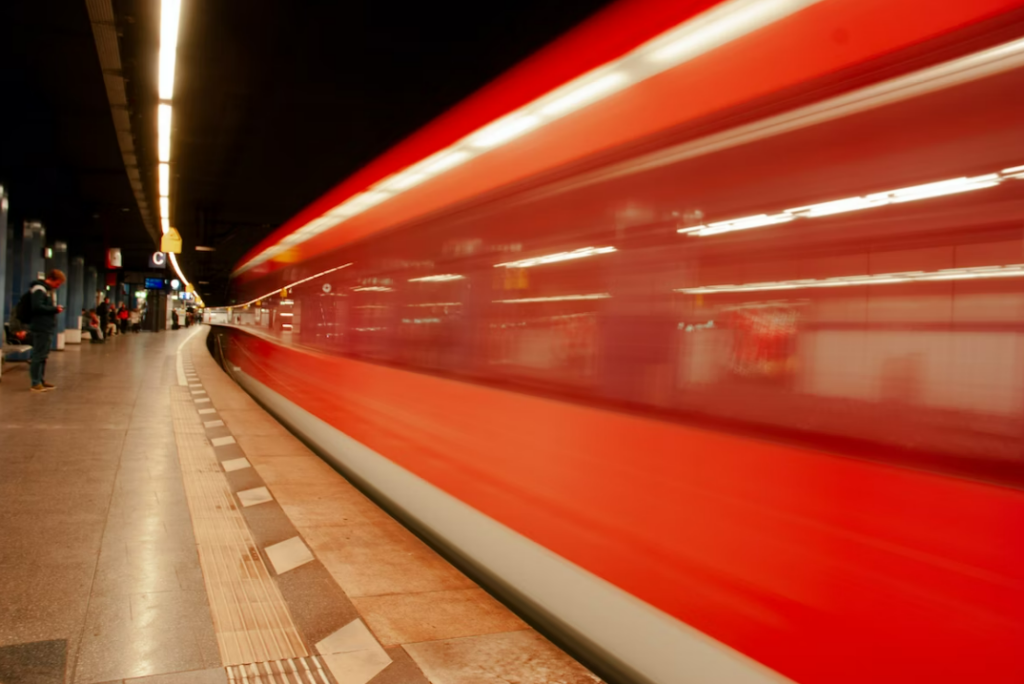
Image source: Unsplash
3. Timetables and Frequency of Public Transport In Munich
Munich’s public transport operates on orderly timetables that complement each mode of transport. The frequency of trains, trams, and buses is generally good, especially during peak hours. However, some lines may have reduced services during weekends or public holidays so you need to account for that when you plan your expeditions around Munich.
Running times are approximately between 4:30AM and 1:30AM.
You can check the timetable in advance to plan your journeys accordingly, especially through the MVV website, which makes planning your trips easy and efficient, even down to buying the right tickets for your journey.
4. Night Public Transport In Munich
If you’re planning on exploring Munich’s nightlife and partying the night away, you can take advantage of the nightlines in Munich to take you safely back home. Night buses cover the main routes and you can get S-Bahn and U-Bahn nightlines between 1:30AM. and 4:30AM. Trains are available all night on Fridays, Saturdays, and on the nights before public holidays. Night buses and trains cover key routes throughout the city in hourly intervals, making it easy for visitors to commute conveniently after midnight until the early morning.
5. Accessibility
The city’s transport system is designed to make Munich’s public transport accessible to everyone. The train, bus stations and vehicles have facilities for people with mobility issues. This includes ramps, elevators, and designated seating spaces. In addition, there are audio and visual announcements, some available in various languages to ensure that every traveller has a stress-free travel experience.
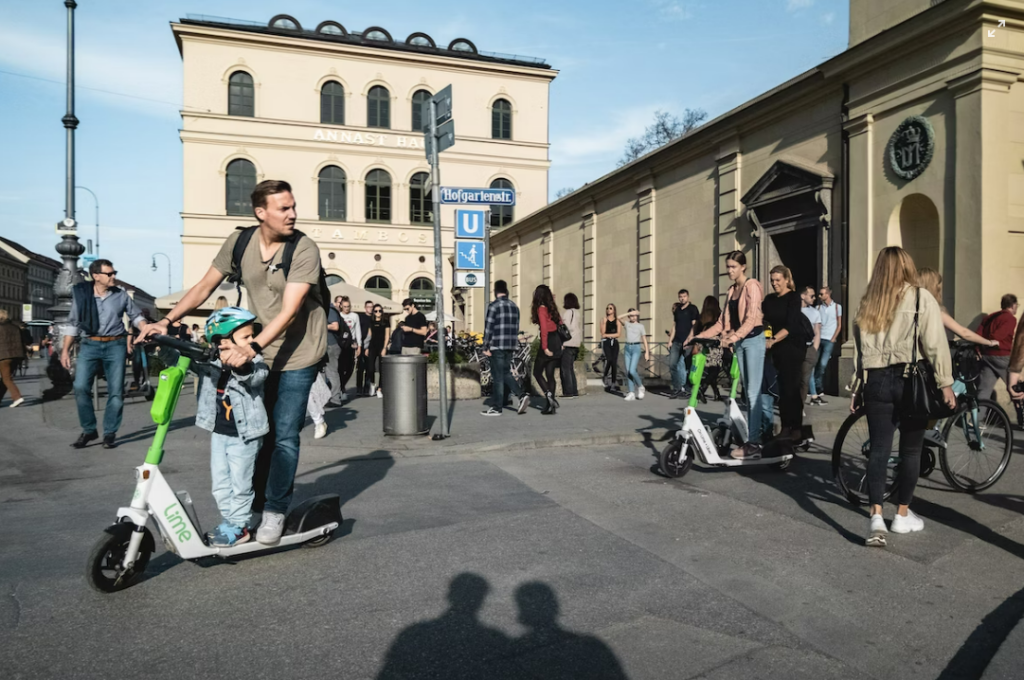
Image source: Unsplash
6. Bike Rental
A unique way to experience Munich is on a bike ride, which may be different from most public transportation modes but can be just as convenient and even fun. Munich is a bicycle-friendly city with an extensive network of bike paths so you can rent bicycles from numerous stations located throughout the city and ride away on an adventure of a lifetime.
You can get information on bike availability, rental rates, and stations online and rent bikes, e-bikes, or e-scooters for your trip. Exploring Munich on two wheels is not only a fun and unique experience, but also a healthy and eco-friendly way to experience the city’s beautiful sights.
7. Signs & Announcements
Information about upcoming stops, connections, and service disruptions are often displayed inside vehicles or at stops/stations. So make sure to pay attention to those during your trip as this will help you ensure you’re on the right track.
8. Luggage Policy On Public Transport in Munich
In Munich, you’re allowed to bring luggage on public transport. However, there may be luggage restrictions for large suitcases, bulky items, and pets especially during peak hours so that everyone is seated comfortably. You can check the specific guidelines for each mode of transport before your trip to ensure a smooth journey.
If you plan to take your bike with you, please note that you will need a bike ticket for the U-Bahn and S-Bahn – and bicycles are not permitted during peak hours (not valid during school holidays).
9. Ticket Perks
Some tickets for Munich’s public transport network may have additional benefits such as discounts for tourist attractions, additional travellers, or services in Munich. Make sure to check if your ticket offers any extras when you purchase it so you can take advantage of those.
Public Transport in Munich: Final Word
Public transport in Munich is a convenient, efficient, and eco-friendly way to explore the city and all it has to offer. The well-connected network of trains, trams, buses, and underground trains makes travelling within Munich a breeze so you can sightsee with ease.
If you’re visiting the city and planning to use Munich’s public transport system to get around and explore, remember to plan your trips, purchase the right ticket, and check the timetable for a smooth and enjoyable experience. Whether you’re visiting for a few days or longer, Munich’s public transport system is a reliable way to navigate the city with ease and enjoy your stay throughout.
Featured image source: Unsplash
Related Posts
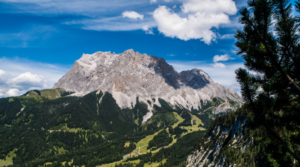
10 Must-See Natural Wonders In Bavaria
Alpine adventures, spectacular sights and serene sanctuaries: Take a fascinating journey through the top 10 natural wonders of Bavaria, Germany!
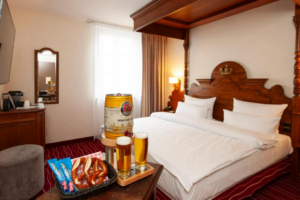
A Room With A Brew: This Brilliant Bavarian Beer Special Awaits At KING’s Hotels Munich!
Unwind with the Bavarian Beer Special at KING’s Hotels Munich! Enjoy a 5-litre keg of beer and delicious snacks for just an extra €30. Book your stay now!
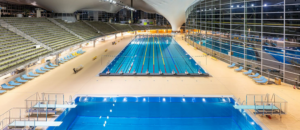
10 Public Swimming Pools in Munich
Explore the top 10 public swimming pools in Munich. From family-friendly spots to serene lap pools, find your perfect swim in the Bavarian capital!
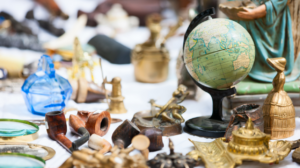
8 Fantastic Flea Markets In Munich
Uncover hidden treasures at the best flea markets in Munich, Germany. From vintage finds to local crafts, explore the city’s vibrant market scene:
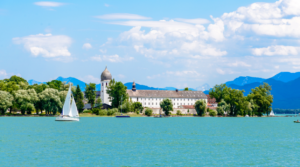
9 Best Beaches In Bavaria
Experience the charm of beaches in beautiful Bavaria: from lakefronts to river beaches, discover where to soak up the sun in scenic tranquillity.
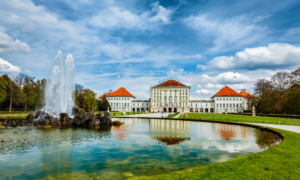
10 Enchanting Castles Near Munich
Explore 10 enchanting castles near Munich, each a storybook journey into German history and architecture, perfect for your next Bavarian adventure!

10 Must-See Natural Wonders In Bavaria
Alpine adventures, spectacular sights and serene sanctuaries: Take a fascinating journey through the top 10 natural wonders of Bavaria, Germany!

A Room With A Brew: This Brilliant Bavarian Beer Special Awaits At KING’s Hotels Munich!
Unwind with the Bavarian Beer Special at KING’s Hotels Munich! Enjoy a 5-litre keg of beer and delicious snacks for just an extra €30. Book your stay now!

10 Public Swimming Pools in Munich
Explore the top 10 public swimming pools in Munich. From family-friendly spots to serene lap pools, find your perfect swim in the Bavarian capital!

8 Fantastic Flea Markets In Munich
Uncover hidden treasures at the best flea markets in Munich, Germany. From vintage finds to local crafts, explore the city’s vibrant market scene:

9 Best Beaches In Bavaria
Experience the charm of beaches in beautiful Bavaria: from lakefronts to river beaches, discover where to soak up the sun in scenic tranquillity.

10 Enchanting Castles Near Munich
Explore 10 enchanting castles near Munich, each a storybook journey into German history and architecture, perfect for your next Bavarian adventure!
